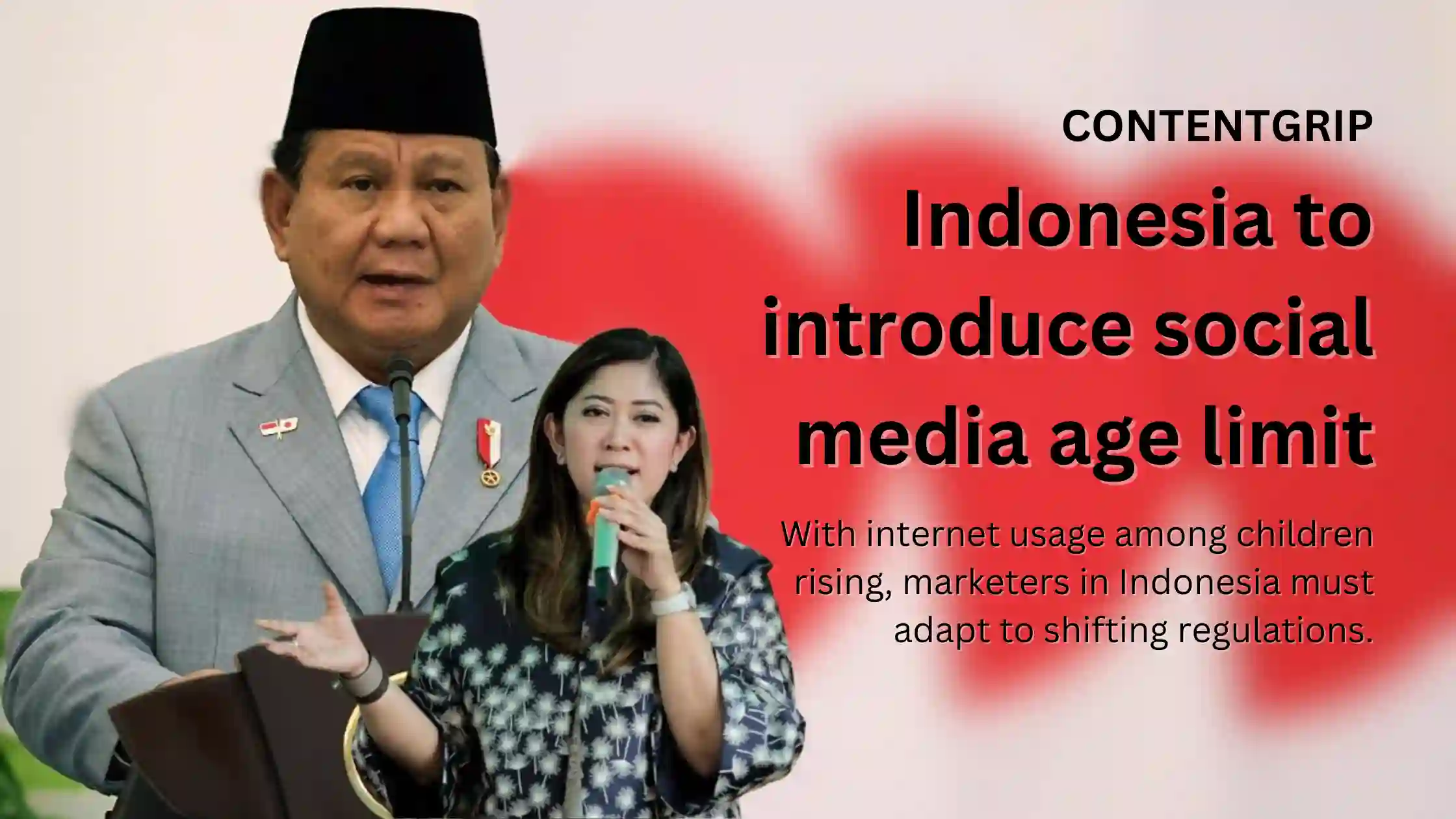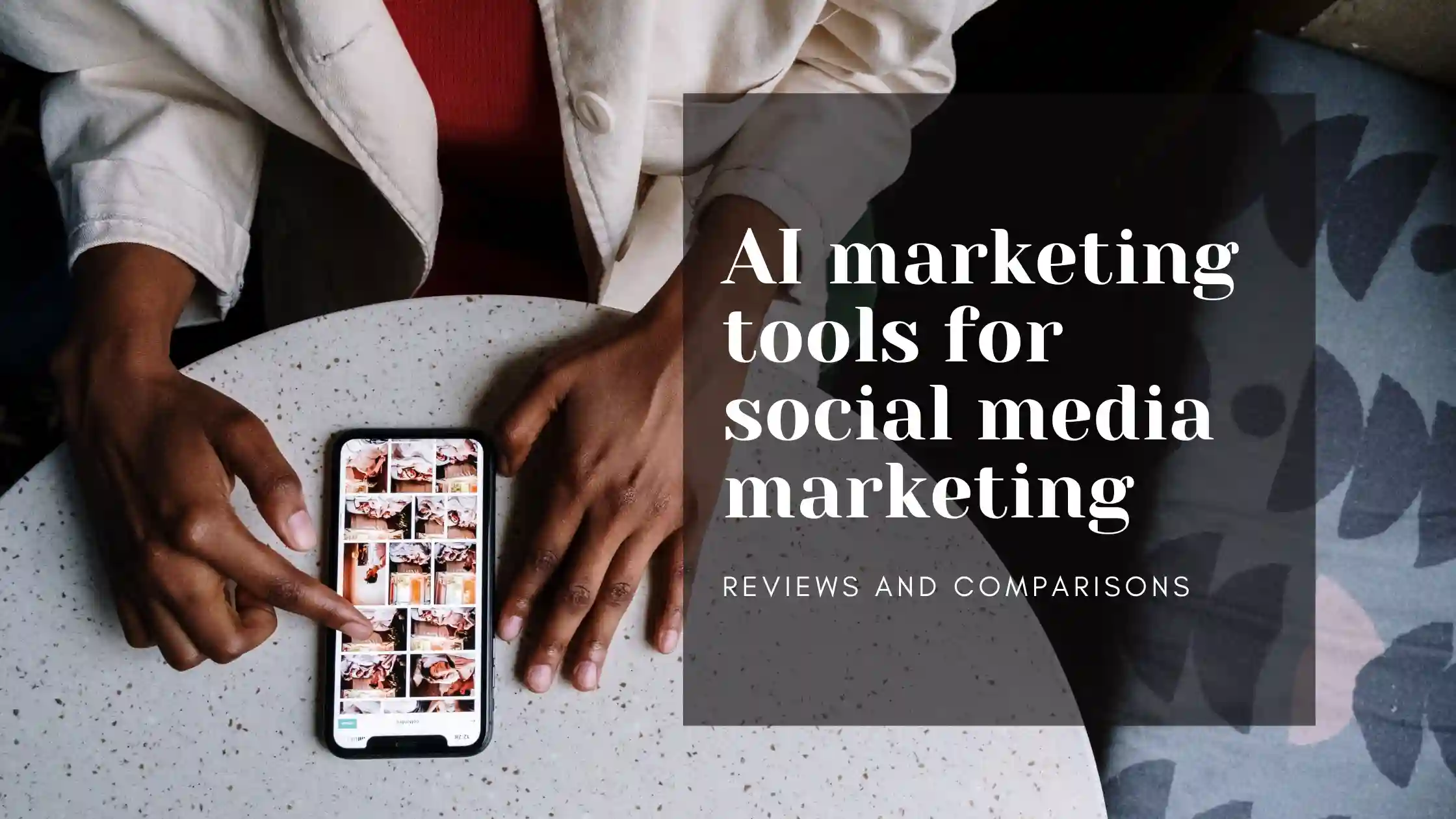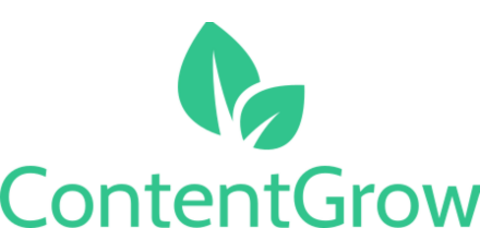How Indonesia’s proposed social media age limit impacts marketers
Indonesia is setting a minimum age for social media use to prioritize child safety, following consultations with President Prabowo Subianto. With internet usage among children rising, marketers in Indonesia must adapt to shifting regulations.

Indonesia is preparing to implement regulations establishing a minimum age for social media use, Communications Minister Meutya Hafid announced on January 13. Minister Hafid noted that discussions are ongoing to determine the age limit and strategies for enforcement.
With Indonesia being one of the largest emerging economies in the world, boasting a vast population and a significant youth demographic, implementing this regulation could serve the nation’s best interests by fostering a safer digital environment for its younger generations.
However, does this spell disaster for marketers and brands?
For companies targeting youth demographics, this regulation introduces significant challenges but also opportunities. Stricter age restrictions on social media could limit direct access to younger audiences, forcing marketers to rethink their strategies and explore alternative platforms or approaches.
Thus, this article will explore the government’s regulatory plans, the implications for marketers, alternative platforms to consider, and strategies to adapt to this changing digital landscape.
Short on time?
Here is a table of content for you to find what you are looking for:
- About the potential regulation
- Implications for marketers
- Alternative platforms for reaching younger audiences
About the potential regulation
Indonesia, a nation with 280 million residents and 79.5% internet penetration, faces challenges in protecting its young users. In Indonesia, this conversation is becoming increasingly relevant, as a 2024 survey revealed that 48% of children under the age of 12 access the internet, with usage among Gen Z (ages 12–27) reaching a staggering 87%.
Despite platforms like TikTok and Facebook requiring a minimum age of 13. Similar debates on age restrictions are underway in Singapore, Malaysia, and Norway, highlighting a global push to shield minors from potential online risks.
To facilitate these regulations, Indonesia's government plans to draft interim measures while collaborating with the parliament on comprehensive laws. Minister Hafid emphasized President Prabowo Subianto's support for prioritizing child protection in the digital realm.
One country that has already implemented age restrictions for social media users is Australia, where children under 16 are prohibited from using platforms like Snapchat, TikTok, Instagram, and Facebook. The law also imposes strict penalties on tech companies that fail to comply, including fines of up to AU$50 million (approximately IDR 516 billion).
This approach may serve as a model for the potential regulations that Indonesia could introduce to ensure stricter enforcement and protect its younger population in the digital space.
Implications for marketers
Marketers targeting Indonesia's vast digital audience must reconsider strategies as access to users under the proposed minimum age becomes limited. Social media platforms like Facebook, Instagram, and TikTok are likely to introduce stricter age verification protocols, reducing the reach of campaigns aimed at younger audiences.
With children under 12 currently comprising a significant segment of internet users, age restrictions may push this demographic toward parental accounts or shared family devices. This shift demands that brands focus on targeting content that appeals to parents, who may influence purchasing decisions for their children.
With this in mind, several alternative strategies can be deployed:
1. Parental engagement campaigns
Marketers should focus on creating campaigns that appeal to parents, positioning products or services as tools to enhance their children's growth and safety.
2. Influencer collaborations
Partnering with influencers who target family-oriented audiences can help brands navigate restrictions while maintaining relatability and trust.
3. Investment in first-party data
Building first-party data strategies will allow brands to identify and engage age-appropriate audiences directly, reducing reliance on social media targeting. You can implement tools like CRM software or data analytics platforms to collect and organize this kind of data. Examples of first-party data include:
- Website analytics (e.g., clicks, time spent on pages).
- Customer details (e.g., name, email, purchase history).
- Behavioral data from mobile apps.
- Feedback from surveys or customer support interactions.

Alternative platforms for reaching younger audiences
As stricter age regulations on social media loom, marketers targeting younger audiences must explore alternative platforms to maintain their reach. Some platforms you can explore include:
- Educational apps
Marketers can pivot toward advertising on educational apps that are popular among children. Platforms such as Duolingo, Google Classroom, or local apps designed for interactive learning provide opportunities for non-intrusive brand exposure while complying with age restrictions.
- Gaming platforms
Gaming apps like Roblox and Minecraft, which already enforce stricter age-appropriate measures, offer marketers a way to reach young audiences through in-game advertising. By sponsoring content or creating branded experiences within games, brands can establish a strong presence in this alternative space.
- OTT streaming services
Younger viewers increasingly consume content through OTT (over-the-top) platforms like Netflix, YouTube Kids or Disney+ Hotstar. Ads on these services can effectively target family-friendly content and maintain compliance with proposed age regulations. Other popular platforms in Indonesia include Vidio.
This post is created by ContentGrow, providing scalable and tailored content creation services for B2B brands and publishers worldwide. Book a discovery call to learn more.




